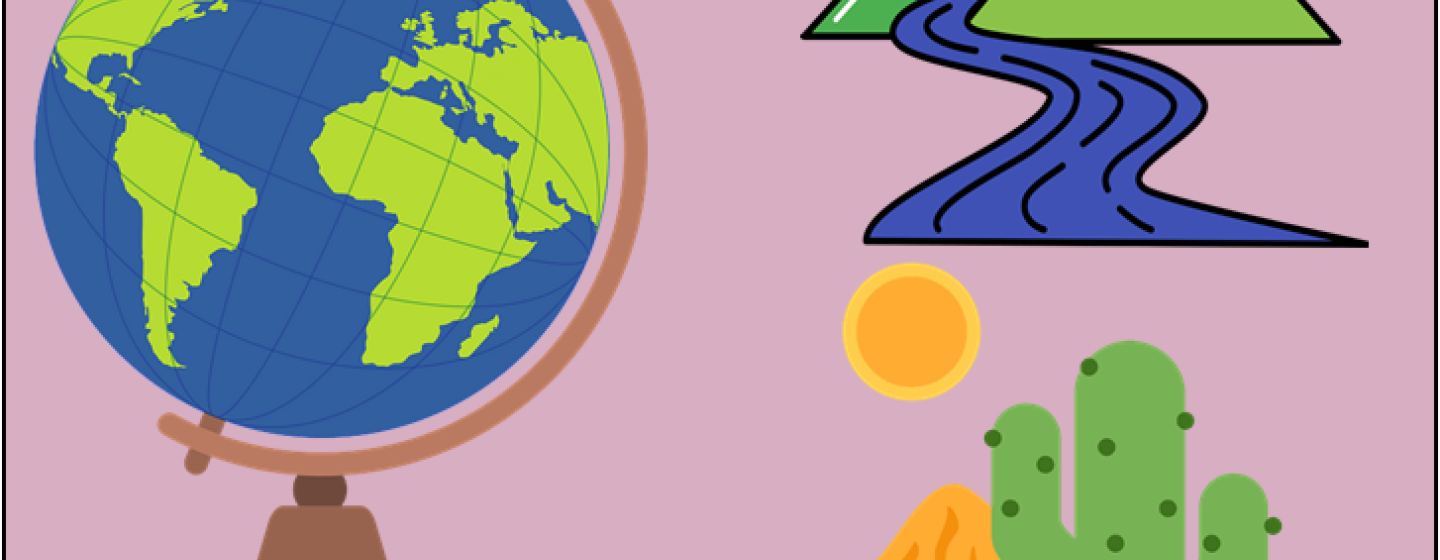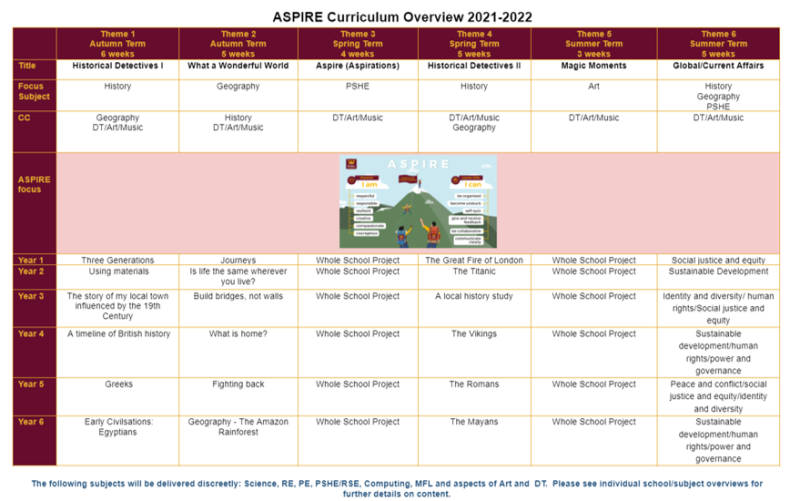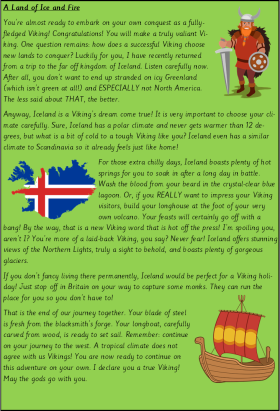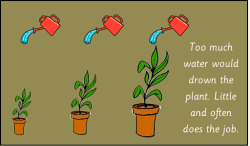
Geography
Intent:
At Goldsmith, we are geographers...
At Goldsmith, it is our aim for pupils to aspire to be the best that they can be and become responsible and empathetic geographers. We implement this through our bespoke curriculum meeting and exceeding the aims of the 2014 National Curriculum. We offer lessons which are engaging, knowledge based and skills driven whilst maintaining a practical and enquiry based approach. The planning follows a progressive approach from theme to theme and also year to year.
Implementation:
What is our curriculum?
Across school, we follow a half-termly programme of study with an overarching theme that is then split into different topics for each year group.

EYFS: ‘Understanding the World’ maps out the goals for EYFS. These goals are covered thematically and develop children’s understanding of people, culture and communities in addition to the natural world.
KS1: What a Wonderful World (our whole school geography theme title) considers our placement in the world in year 1 and moves to drawing comparisons of our local town/city to a contrasting city in Africa, in Year2.
KS2: What a Wonderful World examines the four countries which make up the UK and their rivers with a particular focus on Wales in Year 3, a comparison of two countries, Iceland and Italy, in year 4, the impact of natural disasters in year 5 and rainforest conservation in year 6.
When is it taught?
Theme is taught to the value of 3 afternoon sessions per week (afternoons are split into 2 main sessions) with other cross-curricular opportunities being planned for within this time. Geography will be taught within this time-frame.
How is it taught?
EYFS - Geography content is covered thematically and taught through direct teaching, continuous provision and theme days which could include educational visits.
KS1 & KS2 - Geography is taught on rotation through our theme lessons. We use the WAT ASPIRE values in each lesson, encouraging the children to actively and openly use the language and skills embedded in this. Most lessons are taught following a model, practise and independent learning approach. Some sessions are research based, using digital technology and the library, to self-study through facilitation.
Impact:

Example of Year 4 KAT
How is impact measured?
Teachers assess during lessons through AfL and during and after lessons as part of our feed-forward policy. At the start of each unit of work, a pre learning quiz is conducted. At the end of the theme, children complete a post-learning quiz and a Key Assessment Task (KAT).
How do we know children have made progress?
The knowledge performance indicator can be tracked through the learning quizzes assessed at the beginning of a unit of work and at the end of each phase of learning together with the KAT task. Evidence would also be found in the children’s books and clearly communicated through pupil voice conversations.
How do we challenge and support lack of progress?
Following the quizzes, any gaps in knowledge can be identified and addressed during smart starts, morning activities or research based home learning (in KS2).
How are we inclusive?

Our ‘hands on’ geography approach to the curriculum allows for all children to access the material required within each lesson. Teachers use scaffolds in written work to ensure accurate recording of data and facts and apps on the iPads to ensure written material is read to a child if needed.. An accurate assessment of a child’s ability in geography should not be limited to their written recordings and compensation should be given for verbal conversations.


